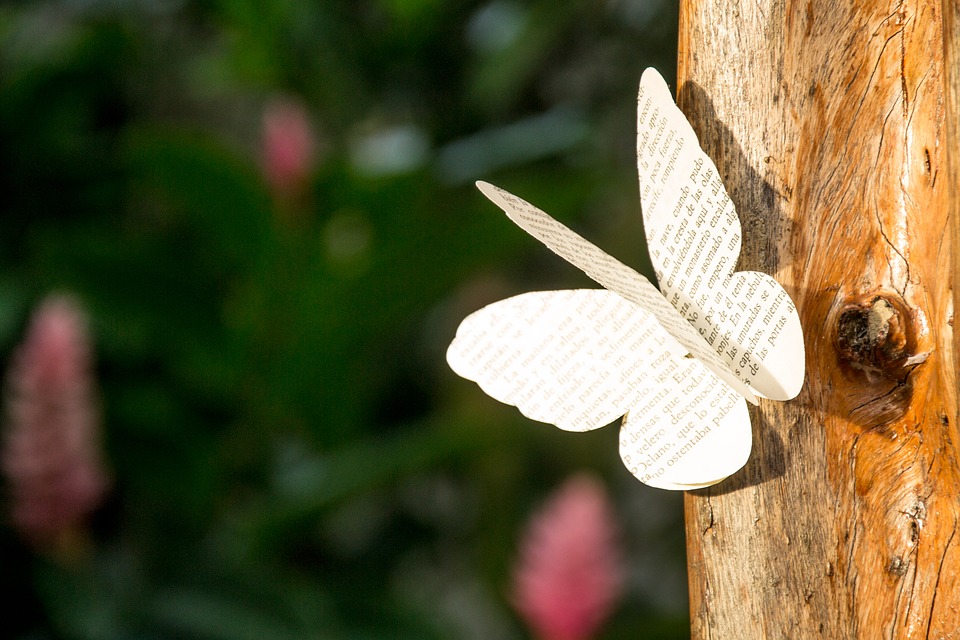When you need to analyze all that is happening around you — write a book. If you need to express your feelings — complete a poem. If you are not ready for doing anything of that, you can start from getting better acquainted with prose and poetry. “How to do this?” you may wonder. The answer is simple: analyze those literary works that you read.
Basically, people get used to analyzing prose because they understand it easier than poems. Have you ever tried to complete an analysis of poems? If yes, then you know that sometimes it can be challenging to understand the gist. We don’t say that prose is simple.
However, it is more understandable for people who live in a world where logic is superior to feelings. So, today we’ll pay our attention to a poem analysis essay instead of analyzing prose literary works. Move to our simple steps below.
Step 1: Get acquainted with the author
Before starting to read a poem, you should examine the biography of the author. That way, you have better chances to notice autobiographical details in the poem and to understand who the receiver is. Also, you should be knowledgeable in historical background. If the author experienced the war, revolution, or other significant events, it can be reflected in his or her work.
Step 2: Read the poem for the first time
Now, you need to read the poem. Do not hasten. Take enough time to feel every line. You should notice every feeling that appears while you are reading. After you finish, answer these questions:
1)What is the type of poetry?
Possible answers: narrative, lyric, or descriptive.
Remark:
- Narrative poetry means that you can find the plot, the main characters, and then observe the development of the plot.
- Lyric poetry means that the author tells about his or her personal feelings.
- Descriptive poetry means that the writer gives the description of something.
Boundaries of all types are nominal. You can find elements of each type in one poem and mention this fact in your poem analysis essay. However, you should try to understand what the aim of the author was — to describe, to tell the story, or to express his/her own feelings.
2)What is the main theme of the poem? In other words, what is it about?
Possible themes: patriotism, love, nobility, death, and others.
Remark: Don’t be sad if you can’t define the theme. Write anything that springs to your mind. At further steps you may change your views.
3)What are main motifs?
Possible motifs: sacrificial patriotism, unanswered love, the price of being noble, inevitability of death, and others.
Remark: Have you noticed that we just made themes more concrete? That is how it works. You should find themes and make them more specific.
Step 3: Have a closer look at the poem
Read the poem one more time. Try to define the author’s main idea and aim. Why did the author write this poem and what for?
Possible aims:
- To express one’s feelings
- To convince the reader in the idea of…
- To show one’s views on an issue
The author may have more than one aims; however, try to define the aim that is the most suitable according to the poem itself and to the writer’s background.
Also, you should try to understand the title at this step. What does it mean? If possible, find alternative titles of the author and explain why he or she made that final choice.
Step 4: Find literary tools
Here you should find all literary tools that you know. And what is more important, you should always explain the objective of the usage of specific tools in an analysis of poems.
Main tools that you may find:
- Metaphor
- Simile
- Hyperbole
- Litotes
- Oxymoron
- Personification
- Contrast
We’ll give you the example on how to define literary devices so that you can understand this better. Read these lines from Federico Garcia Lorca’s poem “He Died at Dawn”:
Night of four moons
and only one tree.
My love is spinning
on the point of a needle
In this stanza, we can define the device of contrast: “four moons” set against “one tree.” We can suppose that the author decided to add four moons (that actually don’t exist) and only one tree to emphasize the significance of that tree, he’s trying to say something like this: “It’s the only one, only this tree now matters.” We can even make a conjecture that this tree is the symbol of love between a lyrical hero and his beloved. Also, we can see here a metaphor: “love is spinning.” In our interpretation this means that the lyrical hero has a profound feeling of love, but it hurts him so much that he is trying to get rid of this feeling.
Advice: If you can see that one type of literary tool repeats, you shouldn’t describe each time in detail. You can just say that the author used such a device, give the examples, and reveal only one or two examples in your poem analysis essay.
Step 5: Complete the conclusion
After defining the type of the poem, the theme, the purpose, main motives, literary tools, and the way this poem make you feel, you can move to the conclusion. As in any conclusion, you shouldn’t provide the reader with any new facts. Your aim is to write a couple of sentences about the meaning of the poem for society and literature, and the place of this poem in the entire writing portfolio of the author (is it one of the best or worst works?).
Asking for Help
Do you admire literature? Maybe it’s time to try yourself as a writer? Read our article to find out how to write a good book. If you need to know more information on on the analysis of poem, contact writingcheap.com. Our homework help service works round the clock to provide students with useful advice. You can ask our writers to help you with any academic assignment. Just visit our page and fill the order form. Specify all the requirements accurately and wait for help! Be confident you’ll receive it as soon as possible!

